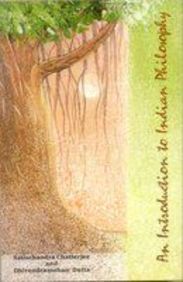What do you think?
Rate this book


Unknown Binding
First published January 1, 1968
"Indian philosophy is pessimistic in the sense that it works under a sense of discomfort and disquiet at the existing order of things. It discovers and strongly asserts that life, as it is being thoughtlessly led, is a mere sport of blind impulses and unquenchable desires; it inevitably ends in and prolongs misery. But no Indian system stops with this picture of life as a tragedy. It perhaps possesses more than a literary significance that even an ancient Indian drama rarely ends as a tragedy. If Indian philosophy points relentlessly to the miseries that we suffer through short-sightedness, it also discovers a message of hope."
"As philosophy aims at the knowledge of truth, it is termed in Indian literature, 'the vision Every Indian school holds, in its own way, that there can be a direct realization of truth (tattvadar≈õana). A man of realization becomes free; one who lacks it is entangled in the world.' "